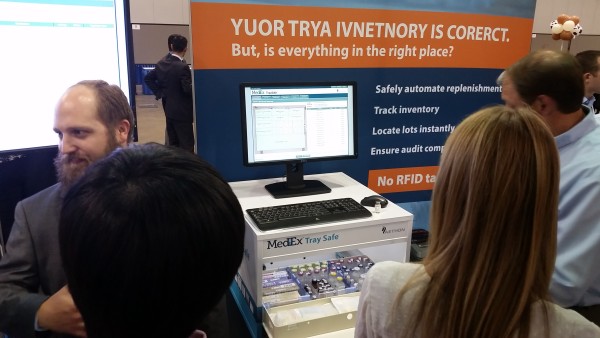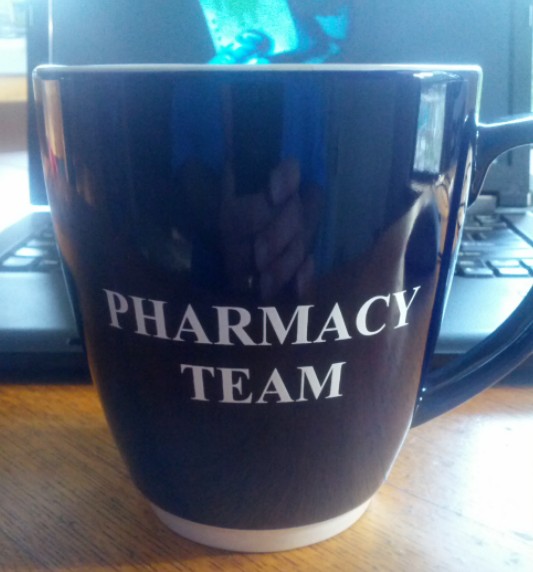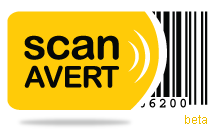While not directly related to pharmacy, the SurgiCount Safety-Sponge System is kinda’ cool. The system uses low-tech barcode technology to prevent surgical sponges from being left behind in patients. Simple yet effective.
“The system uses sterile bar-coded sponges and a computer tablet loaded with proprietary software to ensure that all sponges are tracked. After approximately 11 million surgical procedures over the last five years, which involved the use of more than 200 million sponges, the system boasts zero sponges left behind.” source: MLive
The lowly barcode gets a bum wrap sometimes. It’s far from perfect, but overall I believe the use of barcodes has improved safety throughout the healthcare environment. I remember just a few short years ago when barcode scanning was uncommon. Now, not so much. “Overall, 92.6% of hospitals have barcode-assisted medication administration (BCMA) systems to verify patient identity and electronically check doses administered by nurses (Table 2). Over the past 13 years, the percentage of hospitals having BCMA has increased from 1.5% in 2002.“(1) I get calls in the pharmacy from nurses refusing to administer medication because they’re unable to scan the medication barcode. We’ve come a long way.
—————-
(1) Pedersen C, Schneider P, Scheckelhoff D. ASHP national survey of pharmacy practice in hospital settings: Prescribing and transcribing—2016. American Journal of Health-System Pharmacy. 2017;74(17):1336-1352. doi:10.2146/ajhp170228.



